Complexities and difficulty of video game development are not to be underestimated. Even the minutest details, those which players might breeze through in a matter of seconds, could have required weeks of careful crafting and refinement. Take the door physics in games, for instance – a mechanic that is surprisingly intricate to code. Try to remember the last time you paid attention to a door in a video game – the odds are, it’s not something you can readily recall. In this article, we’ll delve into four techniques that developers employ to implement doors and why this seemingly innocuous feature can be a demanding challenge.
Related: Switch Pro Won’t Be Coming Soon
Why Is Door Mechanics Hard to Code?
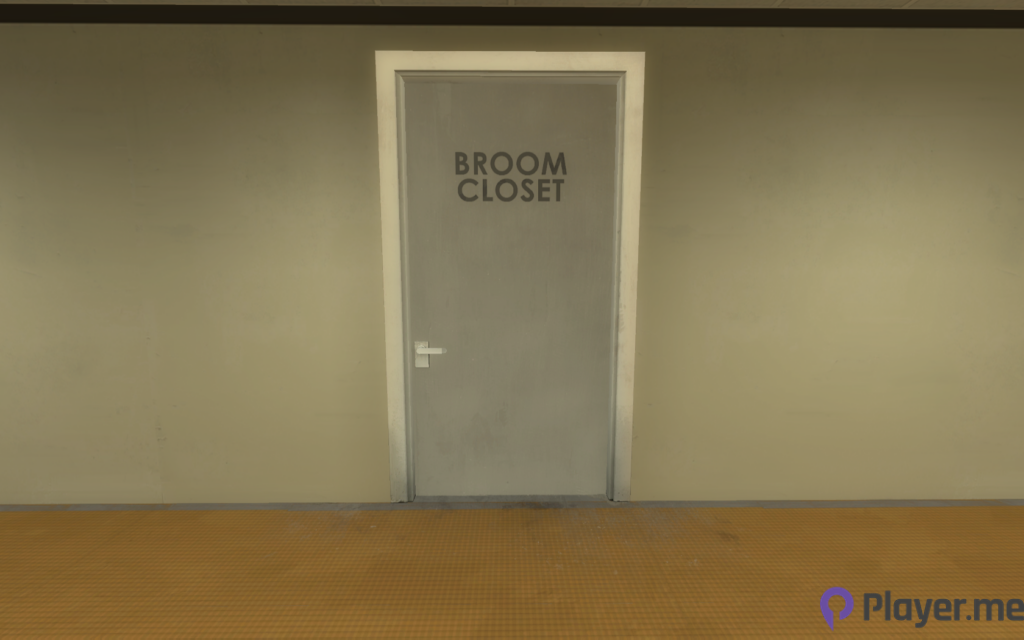
Making video game doors work might seem like a simple task, but it’s actually quite tricky. There are two main problems that make door physics in games hard to manage: How the player interacts with the door, and how non-playable characters (NPCs) handle doors.
Every object in a game has two parts: What the player sees (Visual side), and the space it takes up in the game world. These two things are separate. For example, you can walk through any object that doesn’t have a Collider attached, which defines the object’s physical space. If you’ve ever walked through a wall or fallen off the map in a game, it’s because that spot didn’t have a Collider value.
This split system makes interacting with a door complicated. The game has to figure out how the physical object will behave when your character comes into its “Zone”. Developers usually focus on making doors work well enough, rather than trying to make them perfect. They use four main methods to do this, which we’ll talk about later.
The second big problem is how NPCs deal with doors. All NPC actions are determined by a set of predefined rules. This can make some games’ NPCs seem really smart, while others just look clueless. Adding doors to the mix makes things even more complicated, because figuring out how an NPC and a door will interact is another puzzle to solve.
To eliminate both of these problems, developers use four different door physics in games.
Related: Is Counter Strike Still Popular in 2023?
1. Trigger Operated Automatic Doors
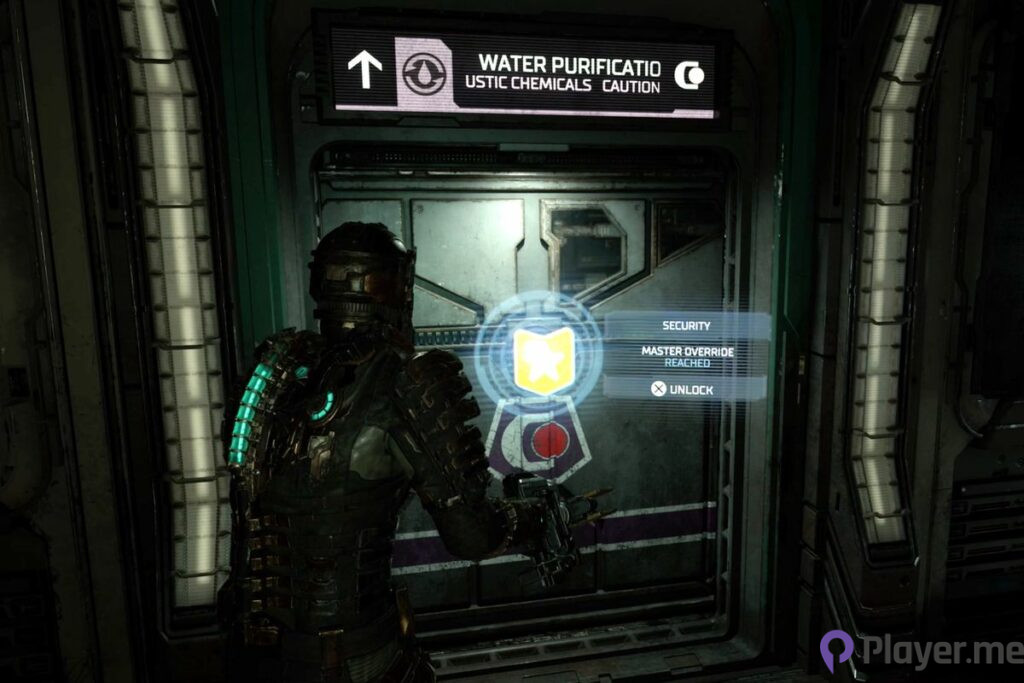
Automatic opening doors are one of the oldest tricks in the book. The door “Triggers” when the player steps into its area. Technically, this is done by making the Collider (The door’s physical area) bigger than the door itself. So, when a door opens automatically, it looks like you’re a few steps away, but in reality, you’ve already entered its area.
This method has stood the test of time, used in classic first-person shooter (FPS) games like Doom, Unreal Tournament and Team Fortress 2. It’s often seen in space-themed games as it fits in well visually. Think about the recent Dead Space remake – it’s filled with automatic doors, and none of them seem out of place.
Automatic doors also make it easier to design “Locked” doors that only open at certain points in the game. Even if a player triggers the door, it won’t open until they’ve reached a certain level or completed a specific task. This prevents players from straying into areas they’re not supposed to be in, or falling off the map.
Related: All 18 The Legend of Zelda Games in Order
2. Pre-Opened Doors
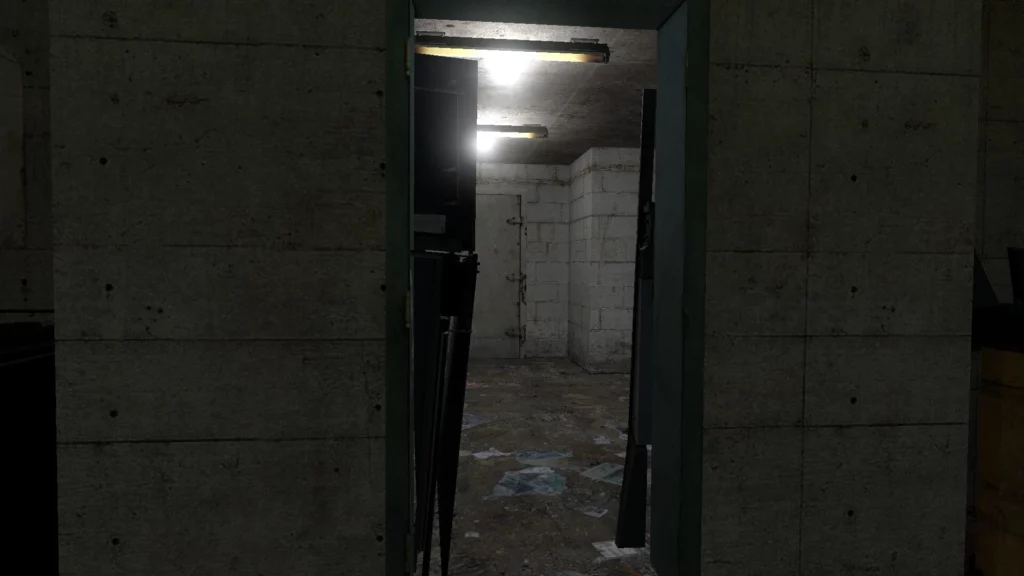
This method might not mean a lot to players, but it has great significance when it comes to level design, particularly with regard to Non-Player Characters (NPCs). For NPCs, interacting with a closed door is a logistical nightmare. To avoid this issue, developers often design doors to be permanently open (Unless they’re using the Autodoor approach).
Essentially, this technique is a workaround to ensure the pre-programmed pathways of NPCs aren’t disrupted. NPCs that follow your character are typically programmed to remain within a certain distance from you. However, when they encounter a door that requires interaction, things can go haywire. As NPCs perceive open doors as “Empty space”, they can pass through without any hiccups.
There’s no specific game series that only uses pre-opened doors. All games utilise this method in some form or another. Even in multiplayer games like Counter-Strike, pre-opened doors are used to aid level design. Therefore, it is one of the simplest door physics in games.
Related: 4 Games You Can Never Play Again
3. Interaction-Based Doors
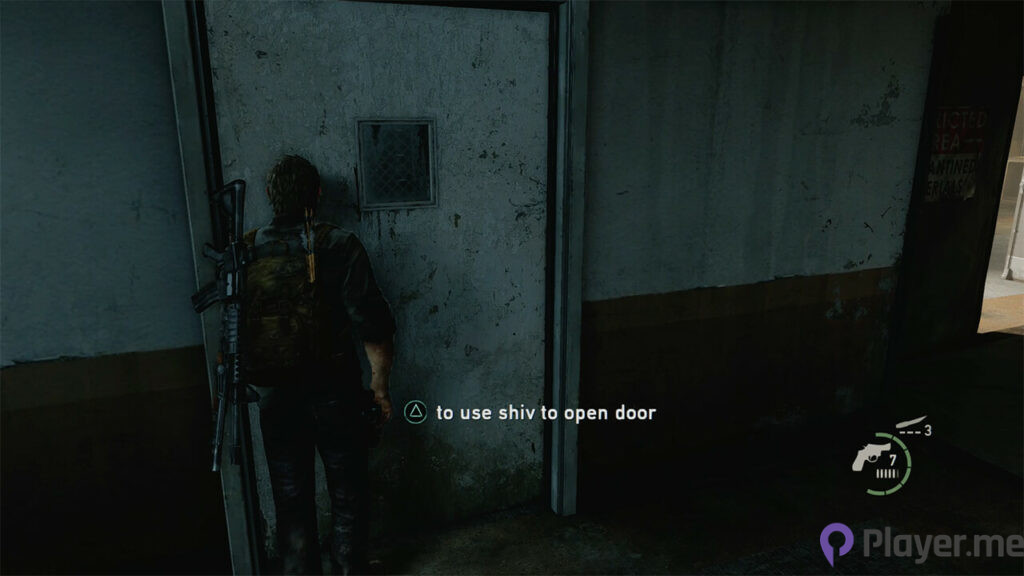
Doors that require a specific button press to open are commonly found in high-budget AAA games. When you press the button, a range of pre-programmed door opening animation is initiated, and your character reaches out to the doorknob, creating a realistic experience for us players. Think back to The Last of Us Part II – we opened hundreds of doors with the same animation, yet it didn’t bother us.
The success of these interactive doors isn’t about technical complexity. In fact, the process isn’t overly complex for developers. When players approach the door, a button trigger is activated. Once the button is pressed, the character’s animation begins and concludes, resulting in the door opening and the player moving into the next area.
The main drawback with this method is that NPCs typically don’t interact with these doors. Developers tend to limit button interactions to players, meaning an NPC won’t independently approach a door and initiate the animation. As we stated earlier, it’s a method that developers regard as “Good enough”, if not perfect. Nonetheless, it does result in some of the most realistic door physics found in games.
Related: 5 New Indie Games of May 2023
4. Two-Way Doors
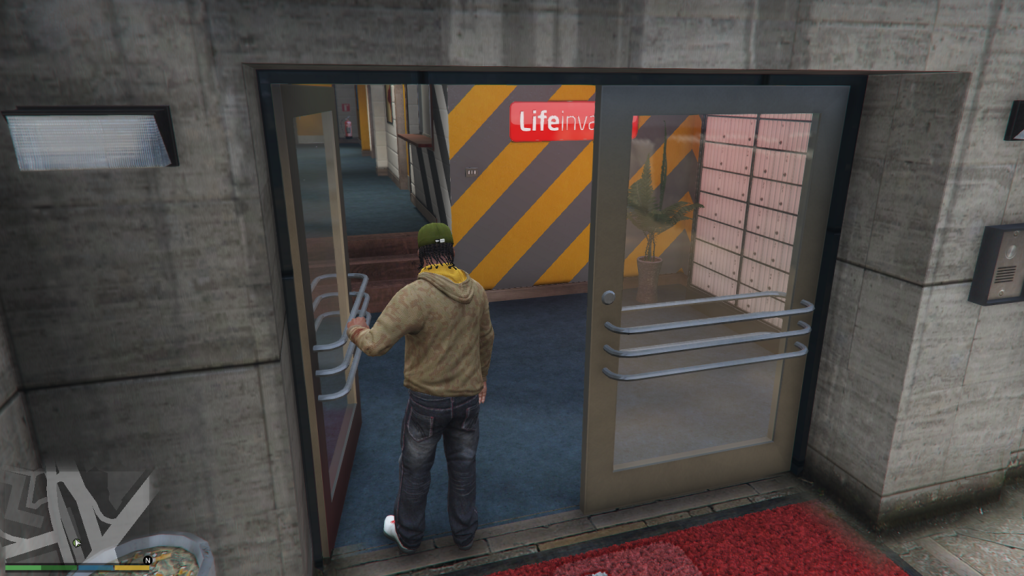
The last door physics mechanism we’ll discuss is uniquely associated with Rockstar Games. They’ve developed a method where there’s no distinct interaction button. Instead, your character intuitively stretches out a hand when they get close to a door. This design makes it appear as though the character’s hand is pushing against the door’s surface, rather than turning a handle.
The doors in this system are devised to swing both ways to prevent any hiccups during gameplay. They open outward when pushed from the inside, and inward when pushed from the outside. NPCs also face no trouble with these doors, as they don’t perceive them as solid objects. To them, these doors appear always open, and they simply move towards the space they occupy. It’s only as they approach that an animation activates, showing them reaching out and making the motion seem “Good enough” for realism.
You can spot numerous such doors in titles like Grand Theft Auto V or Red Dead Redemption 2. However, this mechanism isn’t confined to recent games, it’s also utilised in classics like GTA: San Andreas. Given the continual improvements in 3D modelling, we’re certain this door physics method will continue to evolve and offer even more satisfying gameplay experiences.
Frequently Asked Questions
Is Unreal Engine 5 Easy to Learn?
Starting with Unreal Engine 5 is quite straightforward, just like other up-to-date game engines. There’s a plethora of free online tutorials at your disposal – perfect for getting a grasp of things like door physics. The real trick is getting a handle on the details, and that’ll require a good deal of time, patience, and hands-on trial and error. However, there’s no need to fret, one-man-army game developers are gaining more popularity than ever. Give it a crack, you can definitely ace it!
How Do NPCs Decide?
Regarding how NPCs decide their actions, well, each developer may use a unique technique, but in essence, NPCs in games are governed by artificial intelligence. Game developers pre-set a whole host of variables, and these guide the automated actions of NPCs. For instance, the distance NPCs should maintain from the character is set in the code, but the direction or side they choose to follow from is determined autonomously, based on those variables.
How Important Is Level Design in Games?
As for the significance of level design in games, it’s absolutely critical. Level design shapes the entire player experience, influencing everything from storytelling to the minute details players interact with. Games with top-notch level designs leave lasting impressions, whereas poor level design can spoil the charm of otherwise technically excellent games. That’s why game developers pour a great deal of effort into fine-tuning their level designs, often enlisting the help of numerous testers.
Author Profile
- My journey into the world of video games began at four, when I was first introduced to arcade machines in 1996. Over the past decades, I've been fortunate enough to witness the incredible evolution of gaming, as it has grown from a niche hobby to a thriving art. Today, I'm dedicated to creating content that celebrates all genres of games. We will talk about them at Player.me.





